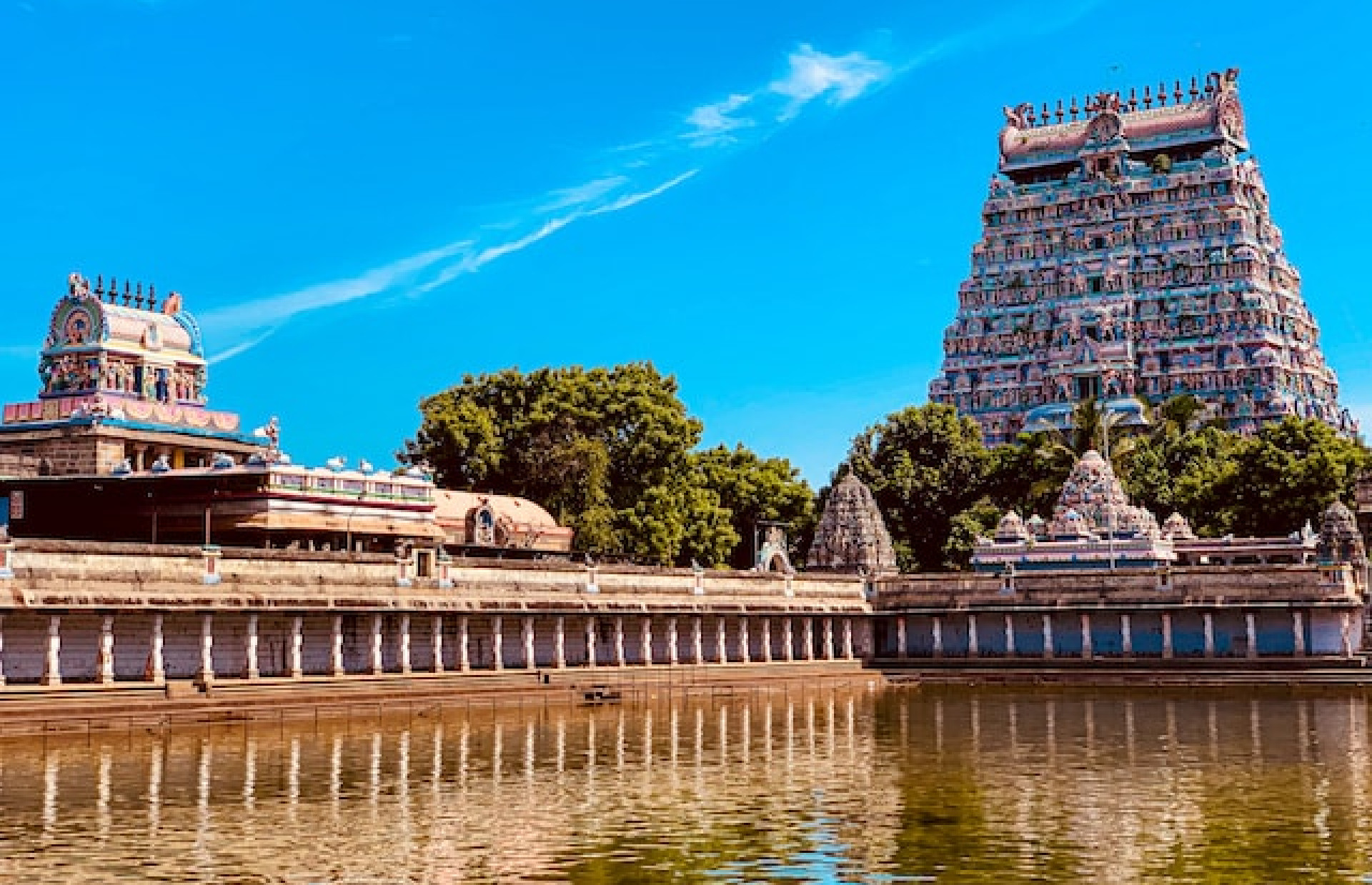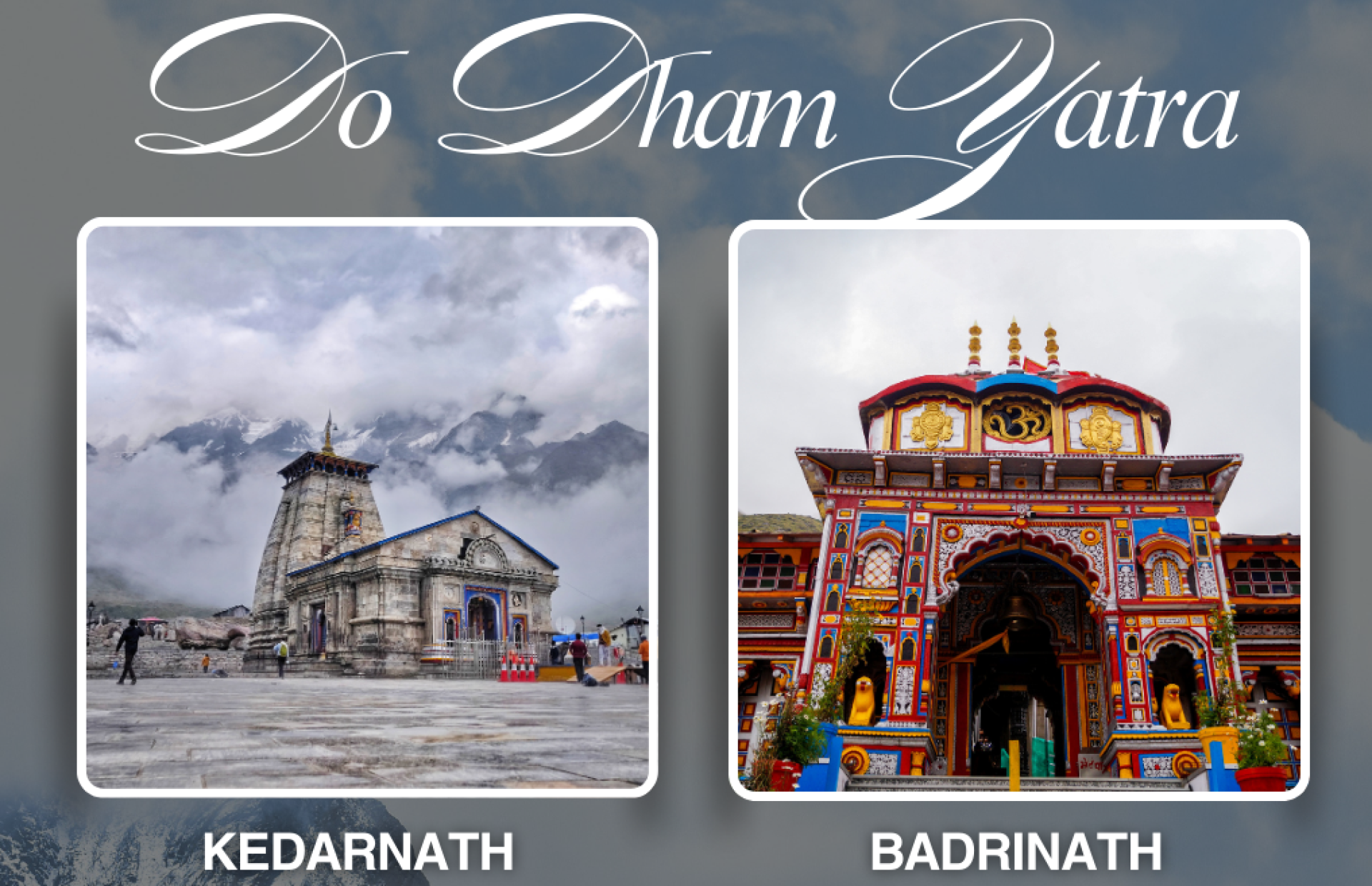MATHURA OF SOUTH: MEENAKSHI TEMPLE
India is a land spread by a huge number of temple little and large, some basic and some wonderful, some cutting edge and some the tradition of a rich legacy. One such temple attracts guest’s gathering to its overlap with its sacredness, history, and its lovely craftsmanship. This is the Madurai Meenakshi Amman Temple.
The Madurai Meenakshi Amman temple is committed to the Hindu God Lord Shiva just as his associate Parvati as Meenakshi. Parvati is loved as Meenakshi and Shiva is revered as Sundareshwara in this temple. Meenakshi in a real sense makes an interpretation of in Tamil into, "the one with fishlike eyes". Both the gods include separate hallowed places inside the bigger temple complex. What is surprising here is that the managing god is Parvati as Meenakshi while Lord Shiva is content to take on a supporting role!
Mythology:
When discussing a Hindu mythology, the folklore related with it is the main perspective to harp on. The legends spinning around it are many, and the most popular one expresses that a little pinnacle was built in old occasions by Lord Indra, the ruler of the Demigods, to revere a self-made (swayambhu) Shiva Linga he had found. Seeing their chief, different Demigods started revering the linga. At the point when the nearby individuals saw the marvel, they educated their ruler regarding something very similar, and he constructed a legitimate temple at the site. Intriguing that however this legend is about Lord Shiva, the managing god of the temple is Meenakshi, a manifestation of Goddess Parvati. Another legend says that the temple was built as a dedication to the great wedding of Meenakshi and Lord Shiva.
History:
In the event of Hindu temple, their set of experiences is intently attached to folklore; subsequently, a precise date of their development is difficult to decide. Most sacred writings and current researchers have set the time of its first development somewhere in the range of first and fourth century AD. Sambandar, a Shiva writer, had referenced the temple in his seventh century works, so we realize that it was certainly there during that time. It was apparently destroyed during the attack of thirteenth century and afterward revamped by the recently delegated ruler of Madurai, Vishwanatha Nayakar, in the late sixteenth and mid seventeenth hundreds of years. Thirumalai Nayakar of the line, who managed about a century after the fact, further extended it somewhere in the range of 1623 and 1655.
Best time to visit Meenakshi Amman Temple:
The Meenakshi Amman temple is open consistently, yet it is ideal to observe its magnificence when both the climate and event are totally ideal for having an immaculate encounter. While the late spring a very long time in Madurai are hot, the rainstorm are charming which make July and August a happy time for arranging your excursion. By and by, the months from April to May are incredible for visiting as well, particularly on the off chance that you wish to go to the Chithirai Festival. However, it is from October to March, which denotes the ideal time for visiting the brilliant temple and taking a visit through the city as the climate stays lovely consistently.
As to, all things considered, the best an ideal opportunity to visit is promptly in the first part of the day and in the evening for the night function.
Architecture:
The temple is terrific to such an extent that it is apparent from pretty much all aspects of the city. Its essential arrangement is a huge square shape, isolated into more modest ones by solid workmanship. Similarly as with all Dravidian-style temples, its most perceptible component is its tall, pyramidal temple towers: those over the passageway entryways are called Gopurams, while those over the fundamental temple are known as Vimanams. There are 14 Gopurams altogether, and the one at the southern passage is right around 170 feet (52 meters) high!
One more of its building works of art is the world-renowned Hall of Thousand Pillars. As the name indicates, the corridor contains in excess of 980 columns that again include mind boggling models. Aside from this one, there are a few different corridors, called Mandapams, in the temple complex where enthusiasts assemble; some fill in as passageway patios to the fundamental places of worship. These again convey models of divinities, people and those that portray frequencies referenced in legendary writings. Among the various holy places inside the mind boggling, two are the main: one committed to Goddess Meenakshi, and the other to Sundareswarar, a type of Lord Shiva. The avtar of Meenakshi has an icon of her, made of green stone. Potramarai Kulam or the tank is another critical piece to entering the inward temple. Its most conspicuous component is an imitation of a lotus, canvassed in gold, fixed to a platform.
Temple Structure:
The temple has a sum of 14 transcending doors in excess of fifteen store’s tall, the tallest one ascents to roughly 170 feet. Every last one of them is a multi-story structure are canvassed in excess of 1500 models of heavenly and evil figures showing a huge number of fanciful stories. The figures of divine beings and goddesses are fixed and repainted in lively shadings at regular intervals.
Gopuram’s:
The major 'Gopuram' of the temple are recorded beneath:
1. Sundareswarar Shrine Gopuram – This is the most established 'gopuram' of the temple, fills in as a passage to the Sundareswarar (Lord Shiva) sanctum and was worked by Kulasekara Pandya.
2. Kadaka Gopuram – The door was modified by Tumpichi Nayakkar during the mid-sixteenth century and prompts the primary sanctum that houses Goddess Meenakshi. The 'gopuram' has five stories.
3. Chitra Gopuram – Built by Maravarman Sundara Pandyan II, the gopuram portrays the strict and mainstream substance of Hinduism.
4. Nadukkattu Gopuram – Also called as the 'Idaikattu Gopuram,' this passage prompts the Ganesha hallowed place. The passage is put directly in the middle of the two fundamental sanctums.
5. Mottai Gopuram – This 'gopuram' has less plaster pictures when contrasted with the other entryways. Strangely, 'Mottai gopuram' had no rooftop for almost three centuries.
6. Nayaka Gopuram – This 'gopuram' was worked by Visvappa Nayakkar around 1530. The 'gopuram' is amazingly like another door called 'Palahai Gopuram.'
Mandapams:
The temple likewise has huge luxurious pillared corridors called 'Mandapams' (a pillared, yard like design) that explorers should go through as they advance toward the Garbagriha (the deepest consecrated spaces of the safe-haven). The stone columns cut in high or low help portray divine beings, devils, and heavenly creatures. Initially this space was probable utilized for strict moving and melodic exhibitions just as a spot to acquire a group of people with the lord.
Probably the most significant 'Mandapams' are given underneath:
1. Ayirakkal Mandapam – It in a real sense means 'lobby with thousand columns.' The corridor, which was worked by Ariyanatha Mudaliar, is a genuine display as it is upheld by 985 columns. Every single column is etched superbly and has pictures of Yali, a fanciful animal.
2. Kilikoondu Mandapam – This 'mandapam' was initially worked to house many parrots. The parrots that were kept there in confines were prepared to say 'Meenakshi'. The corridor, which is close to the Meenakshi altar, has figures of characters from Mahabharata.
3. Ashta Shakthi Mandapam – This lobby houses the models of eight goddesses. Worked by two sovereigns, the lobby is set in the middle of the principle 'gopuram' and the door that prompts the Meenakshi sanctum.
4. Nayaka Mandapam – 'Nayaka Mandapam' was worked by Chinnappa Nayakkar. The corridor is upheld by 100 columns and houses a Nataraja sculpture.
Encompassing the shaft and around the whole way, you will actually want to see Lord Shiva in his different structures. His Nataraja structure or the moving structure and his conflict saint structure being the most conspicuous. Other than that, you will see both Meenakshi and Shiva together on his favorite one bull Nandi, the two of them intertwined and that's just the beginning. Every column that they are cut on is a genuine work of art. The splendor of the mastery craftsmanship shown here.
Places to visit in Meenakshi Temple:
1. Meenakshi Amman Temple:
The primary holy place in the sanctuary complex is that of the Goddess Meenakshi which possesses the great situation towards the right of the complex. The divinity is as a wonderful green stone standing icon. An exceptional component of this type of Parvati is that the right hand of the symbol holds a lotus on which is situated a parrot. The Meenakshi place of worship is confronting eastwards according to conventional standards of Hindu sanctuary engineering. The gold-plated Vimana over the sanctuary is the component of the sanctuary that sticks out and is apparent from a long way off.
2. The 1000 Pillar Hall In Madurai Meenakshi Amman Temple:
When inside the temple do not miss the 1000 pillar hall – The Hall of Thousand Pillars which intriguingly consists of 985 pillars carved with the figure of a mythical animal having the body of a lion and the head of an elephant. Outside of the 1000 pillar hall are located the musical pillars where each pillar produces a different musical note when struck.
3. Sundareswarar Temple:
The sanctuary of Sundareshwara is concentrated towards the northern heading of the complex. The principle symbols is a Shiva Linga made of stone. Aside from this inside the sanctuary is an emblematic portrayal of Shiva called Cokkar, which is utilized in a significant day by day custom. The Sundareshwara sanctuary also is situated eastwards and countenances the passage from the eastern Gopuram. The Vimana of this sanctuary also is plated in gold.
4. Kambatadi Mandapam:
Perhaps the most fascinating lobbies or Mandapam was the one confronting the passage of the sanctuary. Called the Kambatadi Mandapam, this one grabs your attention with the gigantic brilliant shaft that is raised through the rooftop to the sky. This flagpole very fascinating for it goes through the rooftop improving its painted roofs. Also, at various occasions of the morning, a wonderful beam of light from the opening in the rooftop illuminates the different pieces of the corridor.
5. Porthamarai Kulam (Lotus Lake):
At the south finish of the temple likewise has a sanctified lake named 'Porthamarai Kulam.' The term 'Potramarai Kulam' is a strict interpretation of 'lake with a Golden lotus.' The design of a Golden lotus is put at the middle of the lake. It is said that Lord Shiva favored this lake and proclaimed that no marine life would fill in it. This is utilized by devotees for taking bath before they enter the safe-havens of Meenakshi and Sundareshwara. Behind this ritual for taking bath in lake before entering the temple is that devotees believe that all.
their sins are washed away. These are followed by years and years till today and goes on. It was not compulsory to all who want to else to that ritual they go and take a bath.
Other important shrines in temple is Son of Shiva Lord Murugan (Kartikey) and Lord Ganesha.
How to reach at Meenakshi temple
By Air: If you're traveling to Madurai by air, it will take you around three hours to arrive at the temple. Subsequent to arriving at the Madurai Airport, you can undoubtedly discover a taxi that will drive you to the temple in exactly an hour and a half.
By Railway: A train excursion to Madurai will most likely be brimming with magnificent sights. Since Madurai is associated well to every one of the urban communities, you can board a train till the Madurai Junction Railway Station from where the temple is found just 10 minutes away. You can take an auto cart or a taxi according to your necessities.
By Bus: If you're driving to Madurai by means of street by a state or a private transport for visiting the temple, then, at that point you can get down at the Mattuthavani Bus Stand from where it will require just 20 minutes to arrive at the Meenakshi-Sundareshwara Temple.










